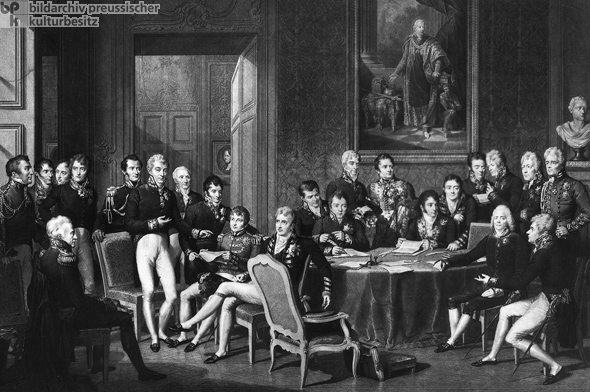The truth is that we never really stop learning. The only difference is in the form of conveying and receiving information. At the earliest age, children are constantly learning, but they don’t perceive it like that. They learn through play.
Perhaps this is the exact reason why this process moves so fast and smoothly. As we get
older, learning turns into a responsibility. And when something is perceived as a responsibility, it starts to feel different. In general, enthusiasm starts to decline if the subject matter is not something that we are very interested in or that we just have a knack for.
Numerous studies reveal that a person’s creativity directly corresponds to the time spent playing at the earliest age. And we all joyously remember those days – our own or those of
our children – when we were making houses from colorful building blocks, solving puzzles, drawing, coloring, and playing outdoors with friends.
We even used to make games up: “You be the shopkeeper, I’ll be the customer,” or “Let’s play a game – you’ll be the chef, and I’ll be a customer who came in to eat at your restaurant.” Further developing and upgrading of these and similar ideas in everyday children’s games directly encourage creativity, bring about new ideas, and foster the imagination. Constantly maintaining employee motivation can be very difficult or, at the very least, quite a challenge – even for highly experienced team leaders. No matter how much experience you have in dealing with people, there are times when we go through what we call “fatigue fracture”. And also, getting lulled into a routine can be detrimental to productivity. That is why it’s important to always grow and work on yourself, as well as everyone who makes up the team. These are some of the techniques that will certainly help with implementing the Play and Learn concept and that – believe it or not – are based on the learning through play process used for children.
Offer choices.
By this, we do not mean choices like “Do you want to do this or not?” – this type of choice is not always possible. We’re talking about the possibilities of choosing whether the team wants to first deal with item one or item two in a meeting. These small choices have an excellent
effect because they make individuals – and the group – feel like they do have a say and the power to make decisions, as well as that their opinion matters and is taken into account.
Use teamwork whenever the circumstances allow it.
The sense of belonging to the same team is very beneficial. People feel protected and useful, and above all they feel like they’re playing. And play, as we noted at the beginning, encourages creative ways of thinking. Psychologists have found that when certain behavior
is stimulated, people tend to adopt it quickly. So if you praise them and have a positive attitude regarding their engagement, the work will be more efficient. As for the above, you can never have too much fun!
Assignments through play.
This might sound childish or inappropriate for the workplace, but science has proven that converting an assignment into a game almost always makes the task fun. There is nothing wrong with assigning business goals in the form of games. For example, if you need to remember a huge amount of information in order to perform a task, why not turn it into a memory game? Or you can try the following approach: group people into teams made up of five to six people and task each group member with solving a different part of the assignment. When the team members all finish their parts, everyone shares the way he/she came to the solution.
In addition to developing social skills and cognitive abilities, play and fun also affect emotional maturity and self-confidence, which is of great importance for participating in everyday activities and interaction with the environment.
Be as practical as possible.
You will probably agree that it is very difficult to delve into something if you don’t understand the purpose of possessing the given knowledge. And if you’re a team leader, your team members need to look up to you. That’s why it is always important to show and explain the practical side of what you expect, clarify, give specific examples, and – most importantly – always be prepared to answer any additional questions and encourage them. If you are dealing with “the silent types,” think of a creative way to “wake them up”. For example, you
can start giving out candy bars to anyone who asks a question and make it a tradition 🙂
The work environment must provide a sense of safety.
If you want results, it’s crucial that every employee feels safe in the workplace. By this we mean a few things: employees knowing that they can always say what they think, without their ideas being judged or ridiculed in any way; coworkers supporting and encouraging each
other (the team leader should also be doing this!) and knowing that, if they make a mistake, the team will stand behind them and offer them help in overcoming the problem, because anyone who’s doing anything can make mistakes. In fact, business meetings can also be seen as a big playground. Of course, adjusted to the adult age.
A lot of useful things can be learned on the playground. How to share, how to solve new problems, how to build relationships with the environment… And how to learn from others. We often forget that. Of course, the concept will take time to “sink in.” And this approach is definitely something that deserves a chance. We are convinced that it will result in higher productivity, creativity, and team satisfaction!
MD Sara Smilansky, a psychology professor at Tel Aviv University, gave a description of the five basic types of learning through play nearly 30 years ago. And if we were to adapt them to the business world and meetings, their description would look like this:
- Functional games in which children explore their environment. That’s what adults do, too. We’ve already explained the ways in which we become familiar with the work environment.
- Constructive games in which children learn to make or build something, or solve a problem. In our case, this would be brainstorming meetings.
- Drama games in which children pretend to be someone else – they take on others’ identities. Have you ever wished to be the “boss instead of the boss”? 🙂
- Social drama/Performance games. The most advanced way of play in which children imitate characters with verbal dramatization and fantasy/fiction. They take objects and give them completely different purposes (papers become money, a book becomes the rudder of an imaginary ship, etc.). In the work environment, these are situations where employees are asked to find a solution in an inventive way. For example, what can this new product be used for? Or how can we make our services easier for our customers?
- Games with rules. All those games that come down to the win or lose principle, while strictly respecting the rules of the game. You know exactly what is allowed and what is not, which helps to accept the rules in society. Let’s say that this would be the company’s business principle.








































 Srpski
Srpski English
English